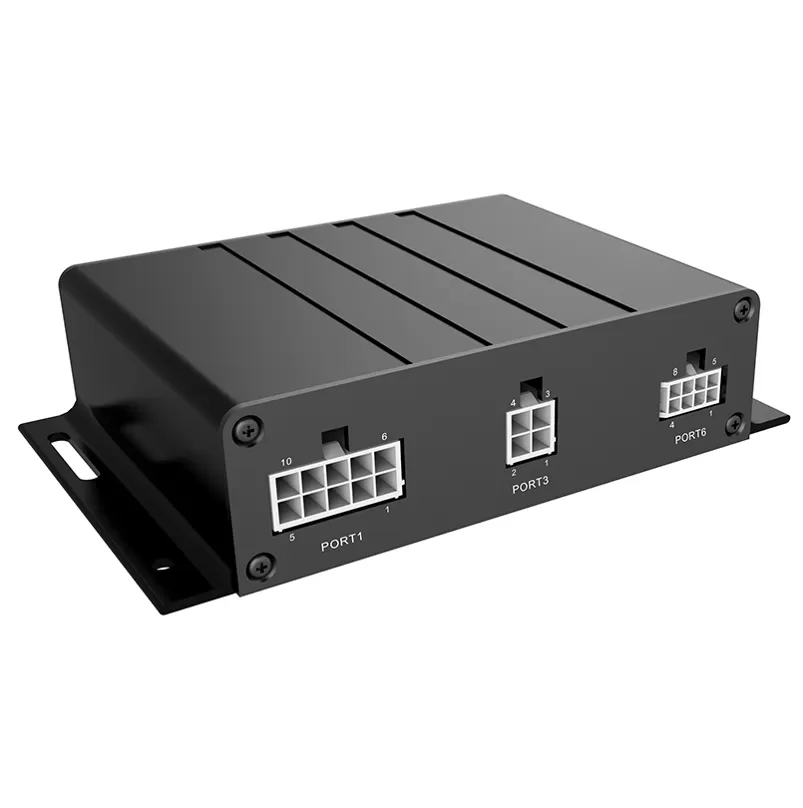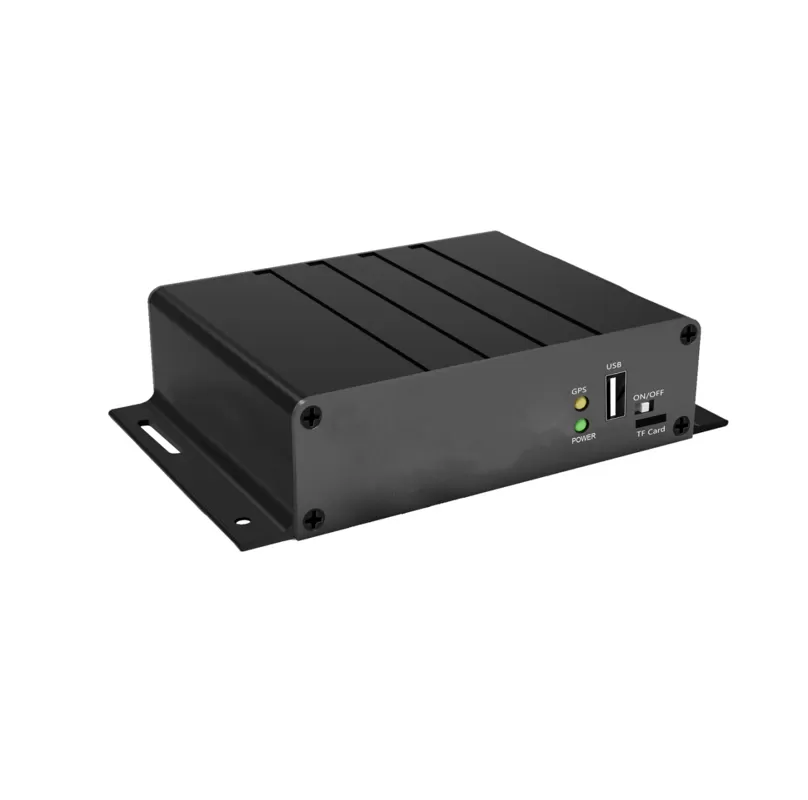Cruise control, a feature that allows a vehicle to maintain a steady speed without continuous input from the driver, is now considered a standard component in modern automobiles. It offers convenience, reduces driver fatigue, and improves fuel efficiency, especially on long highway drives. But how and when did this innovative technology first come into existence? Let’s explore the history and development of cruise control.
The Origins of Cruise Control
The concept of cruise control can be traced back to the early 20th century. However, it wasn’t until the late 1940s that it began to take shape as a viable automotive technology.
Early Concepts: The 1900s
The earliest ideas behind cruise control started with simple speed regulators used in steam engines and mechanical devices long before cars became widespread. These systems could maintain a set speed, but they were quite rudimentary compared to what we know today. Some early car manufacturers experimented with similar mechanical devices that helped drivers maintain consistent speed, but they were far from the fully automated systems of modern cars.
The First True Cruise Control: 1948
Cruise control, as we understand it today, was invented in 1948 by Ralph Teetor, a mechanical engineer and inventor. Teetor, who was blind, came up with the idea out of frustration during car rides with his lawyer, who would constantly slow down and speed up while talking. Teetor’s sharp sense of perception allowed him to notice these speed variations, and he envisioned a device that could help drivers maintain a constant speed, making the driving experience smoother and safer.
Development and Patent
In 1950, Teetor patented his invention, which he initially called the “Speedostat.” This device would later be known as “cruise control.” It worked by adjusting the throttle position to maintain the car’s speed based on inputs from the drive shaft and other mechanical components. Unlike today’s systems, early cruise control didn’t involve electronic sensors or sophisticated computers—it was purely mechanical.

Cruise Control in Mass-Produced Vehicles
The first car to be equipped with cruise control was the 1958 Chrysler Imperial. Chrysler marketed this feature under the name “Auto-Pilot.” Over the next few years, other automakers began adopting the technology, with Cadillac and other luxury car brands incorporating it into their high-end models during the 1960s. At the time, cruise control was seen as a premium feature, reserved for expensive vehicles.
The Evolution of Cruise Control: 1970s to 1990s
By the 1970s, cruise control had become more common in cars, especially in the United States, where long highway drives were frequent. The 1973 oil crisis further fueled the demand for cruise control, as it was shown to improve fuel efficiency by reducing sudden accelerations and maintaining a consistent speed.
Throughout the 1980s and 1990s, cruise control systems became more sophisticated. The development of microprocessors and sensors enabled more precise control of vehicle speed. These advancements allowed cars to maintain a set speed more efficiently and respond better to changes in road conditions.

Modern Cruise Control: Adaptive Systems
In the early 2000s, cruise control technology took a major leap forward with the introduction of adaptive cruise control (ACC). Unlike traditional cruise control, which maintains a constant speed, ACC uses radar or cameras to monitor the distance between the car and the vehicle in front of it. It automatically adjusts the speed to maintain a safe following distance, slowing down or speeding up as necessary.
Adaptive cruise control laid the foundation for semi-autonomous driving technologies and continues to evolve with innovations like stop-and-go capabilities, which allow cars to maintain a preset distance even in traffic jams, and the ability to work in conjunction with lane-keeping systems.
Conclusion
Cruise control has come a long way since Ralph Teetor’s invention in 1948. What began as a mechanical device to maintain a steady speed has evolved into highly advanced systems that are integral to modern driving safety and convenience. With ongoing advancements in autonomous driving, cruise control is set to become even more sophisticated, playing a crucial role in the future of transportation.
At HBOIOT, we take the technology application as the core, like the artificial intelligence, satellite navigation, and the new generation of information and communication technologies, and revolve the necessary IoV processes ranging from data collection, decision-making, execution to networking.
